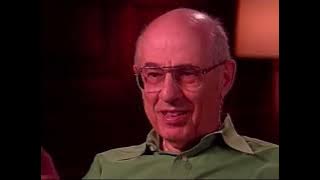Catena (linguistics)
In linguistics, a catena (English pronunciation: /kəˈtiːnə/, plural catenas or catenae; from Latin for "chain") is a unit of syntax and morphology, closely associated with dependency grammars. It is a more flexible and inclusive unit than the constituent and may therefore be better suited than the constituent to serve as the fundamental unit of syntactic and morphosyntactic analysis. The catena has served as the basis for the analysis of a number of phenomena of syntax, such as idiosyncratic meaning, ellipsis mechanisms (e.g. gapping, stripping, VP-ellipsis, pseudogapping, sluicing, answer ellipsis, comparative deletion), predicate-argument structures, and discontinuities (topicalization, wh-fronting, scrambling, extraposition, etc.). The catena concept has also been taken as the basis for a theory of morphosyntax, i.e. for the extension of dependencies into words; dependencies are acknowledged between the morphs that constitute words. While the catena concept has been applied mainly to the syntax of English, other works are also demonstrating its applicability to the syntax and morphology of other languages. (Wikipedia).




















